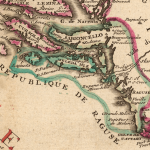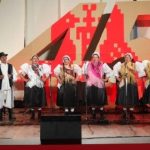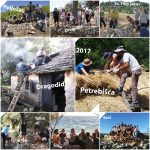Ever heard of Rovinj’s Batana boats?
The Eco-Museum Batana was inscribed in 2016 under UNESCO’s Register of Good Safeguarding Practices. It represents a unique approach to the preservation of the tangible and intangible heritage of the town of Rovinj.
This approach was created upon the initiative of the locals and development projects which have been planned and implemented throughout a number of years by the local community in cooperation with top experts. This engagement is continuously supported by the town and county authorities and state institutions such as the Ministry of Culture.
A Batana is a wooden boat and this article will present the activities and features of the Eco-Museum which aim to protect this boat making tradition and other traditions related to it.
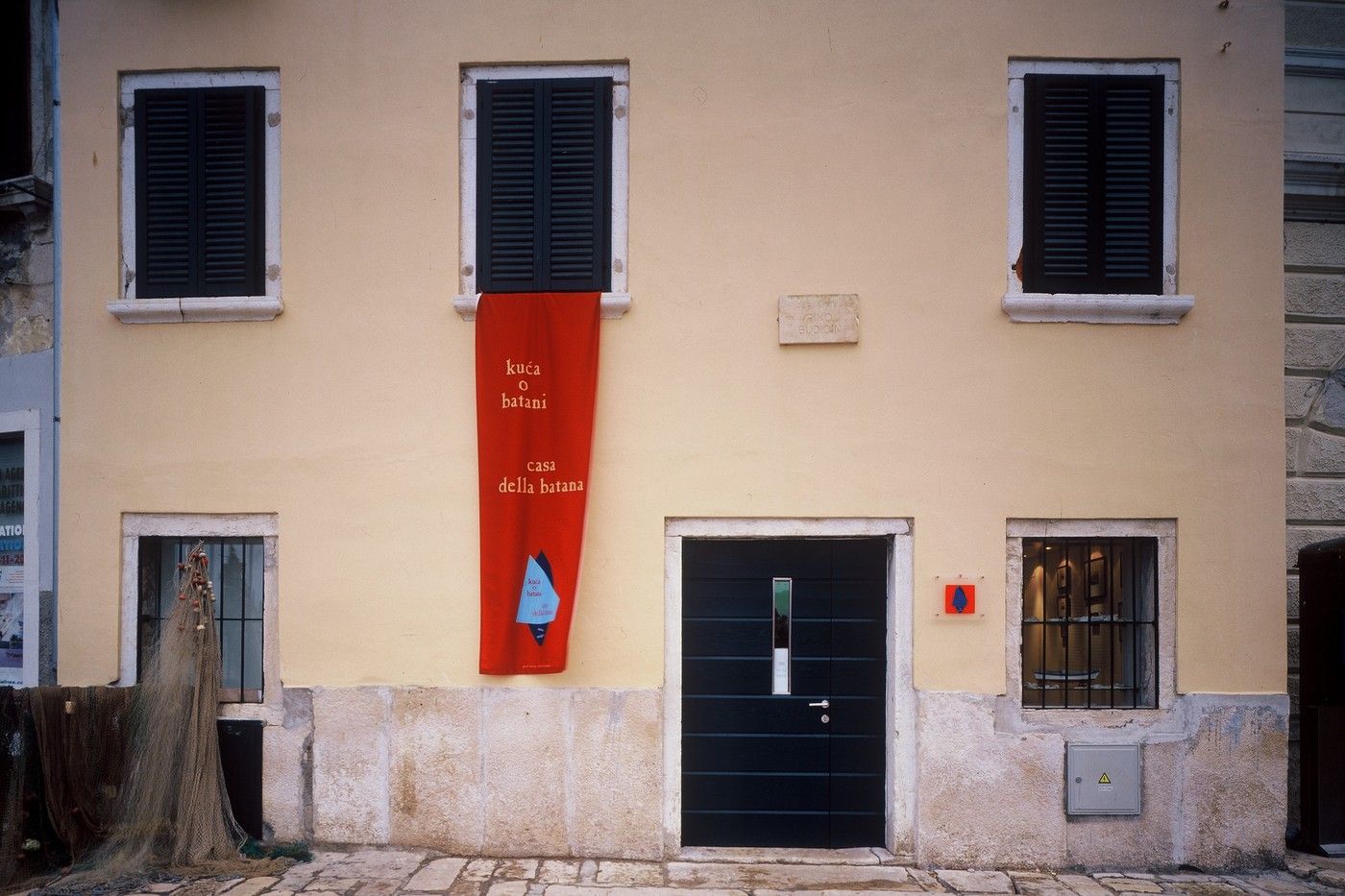
The Batana Eco-Museum is a project based on knowledge, respect for cultural heritage and dialogue, it successfully integrates multimedia and uses a interdisciplinary approach. The museum evaluates and protects maritime heritage and it presents Rovinj and its cultural identity which works to attract both residents and visitors. In this way, the Eco-Museum promotes innovative cultural tourism and applies its principles in the local community.

One important role of the museum is talking about the batana boat as crucial part of intercultural dialogue and its connection with other traditional vessels from the Mediterranean. The main sections of the Batana Eco-Museum are The House of Batana, Space Matika, Mali Škver, Rovinj’s Regatta, and The Batana Way from Mali Mol.
The House of Batana (muòstra in local dialect) is an interpretation and documentary centre of the Eco-Museum which was formally opened to public back in 2004. It is located in a house from the late 17th century which represents a typical house for fishermen, sailors and craftsmen. The space is more than 100m2 and is the location of the permanent exhibition with three gallery spaces and souvenirs shop. The whole exhibition used multimedia in presenting traditional shipbuilding skills, using modern technology in transmitting the story behind the exhibits.
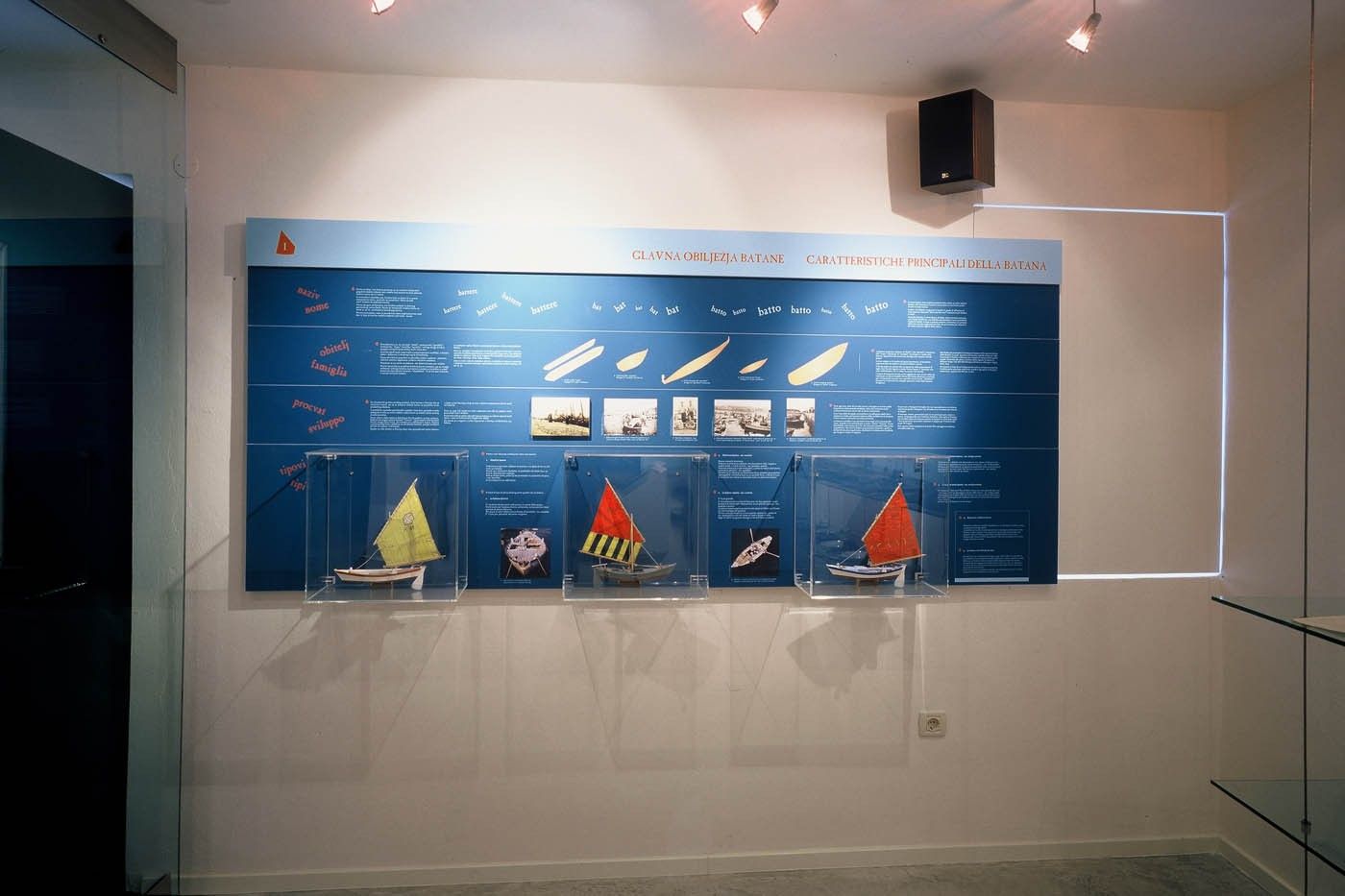
The exhibits are interactive and allow visitors to choose their particular area of interest. More than 90% of the objects exhibited have been donated by residents who participated in the process of creating the exhibition. Visitors can hear traditional bitinada singing and can listen in three languages – Rovinj dialect, Croatian and Italian. If you’re visiting the museum you can even meet one of the original Rovinj fishermen who can show how to repair a net, or just share some authentic stories.
Spacio Matika (spàcio in local dialect) is the place to be to taste the local food and get a feel of the maritime heritage. It is a form of wine cellar and the place for social events, dining and singing. The name is linked with Italian words which means sale of goods not permitted by law or public sale of illegal goods. This name probably comes from the fact before sale of wine was once prohibited in Rovinj and despite this, it was of course sold in taverns. They were located on the ground floor of houses whose owners had vineyards and olive groves. The entrances had branches above them and the interiors, still to this day, have a long table and benches. This was
socialising space for the land workers and the fishermen who were regular guests.
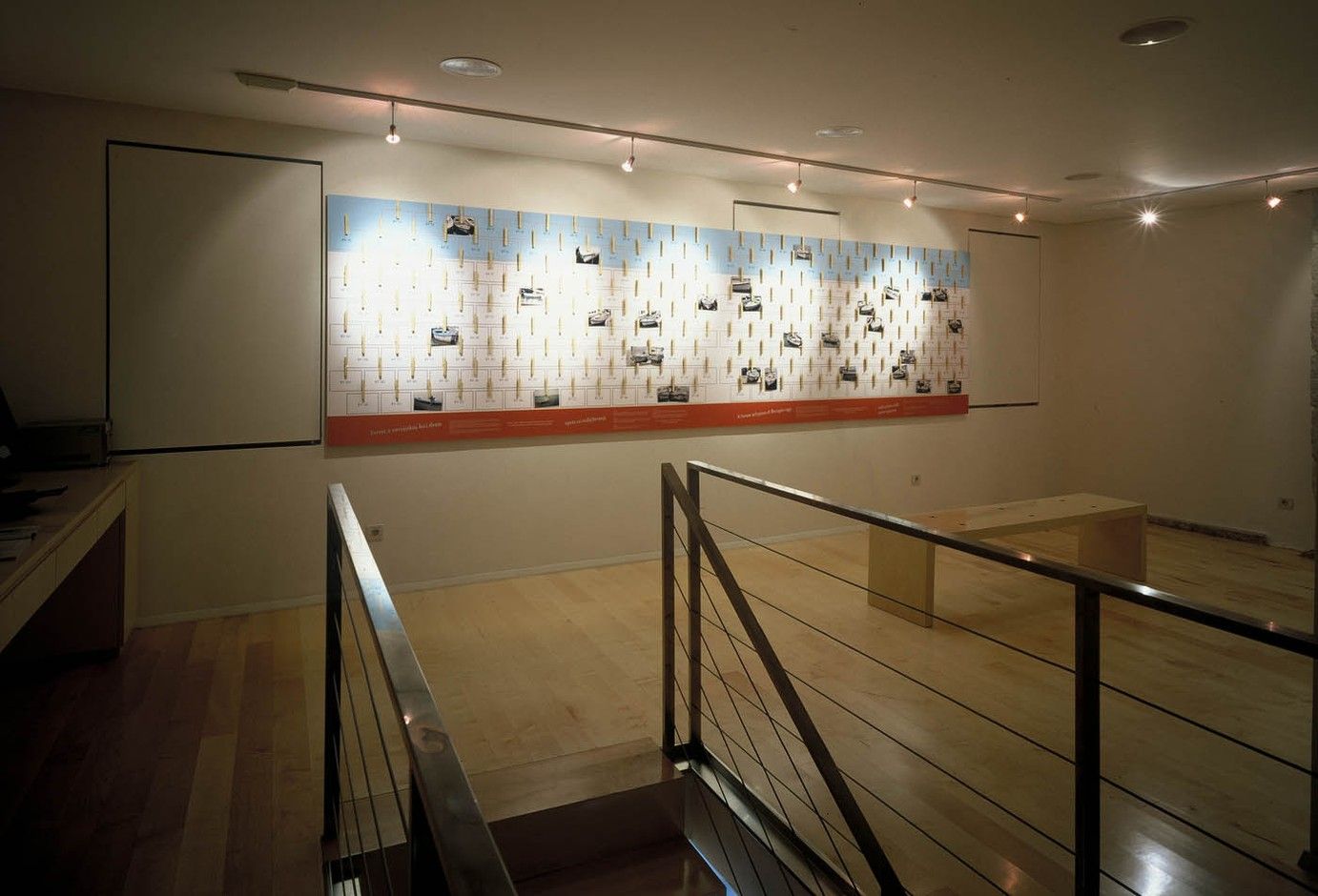
They would come together and share the adventures from the boat, comment on current events, play cards and sing bitinada. In the past, every street in Rovinj had a ”spàcio” and it was one of the things that shaped the identity of Rovinj. As previously mentioned, one spàcio still in use is Spacio Matika in Švalba street, which has become an integral part of the Eco-Museum and is used for different musical and culinary events. Aside from local wines such as Malvasia and Teran, local olive oil, fish and seafood can be tasted.
Mali Škver – Little Shipyard (peîcio squèro in local dialect), is the place where batana boats are built and this activity gave the greatest contribution to the revitalisation of the intangible heritage of the area. The Eco-Museum encourages the building of new boats and up until today, five new batana boats have been built. Ship building is usually followed by hundreds of visitors. During summer there is even the festival of Mali Škver where visitors can see the traditional skills – ship construction and repairing the nets in action, as well as enjoy traditional music and local cuisine.

Rovinj’s regatta is a celebration of traditional wooden boats with mainly lateen sails. The Rovinj regatta is held every June and it was launched to revive the lugsail boats and to encourage intercultural cooperation on the Adriatic.
The Batana Way from the Mail Mol (Little Pier) to spacio Matika and Rovinj’s waterfront has two thematic routes. Mail Mol was built during the Middle Ages and is the centre of Rovinj’s maritime life. All the Rovinj batana boats are moored along Mali Mol and the waterfront. One of the best ways to explore is to walk along Mali mol and the waterfront where you can meet fishermen. One more way to experience this heritage is to take a rowing trip at sunset with the boat owners who can show you around Rovinj.
Batana boat (batièl in Rovinian dialect) has a flat bottom which is slightly curved towards the stem and the transom, with a lightly convex end at the bow. The size of the boat varies between 4 and 8.5 meters and it is entirely made of wood. It is navigated with a sail, oars, an outboard motor or a lugsail. The origin of boats like these comes from prehistoric times and they’re designed for sailing shallow waters. Batana was created for coastal fishing and was used from the lagoons to the northern Adriatic coast. Even though they originate from the Middle Ages and come from the Italian region of Marche, sources mention the boat in the 19th century.

These boats have the same same flat-bottom like the more well-known Venetian gondola. Until the 1920’s, there were a small number of batana boats in Rovinj but with more fishing options, the boats became more and more frequently seen. They were the most popular during the 1960s and were used with an outboard motor.
What is interesting is that no two batana boats are the same, and they can be distinguished by the person who built them. There are several people involved in this vessel building tradition and usually batana owners have basic carpentry and caulking skills. One more special feature of the boat is the lugsail which was replaced by an outboard motor, but then, owing to the Eco-Museum, it was revitalised. The surface and weight depend on the size of the boat and the painting of the sails was done in order to make them last longer, but with the passage of time, time it became a way to distinguish the identity of the owner. Each family had its own painted sign.
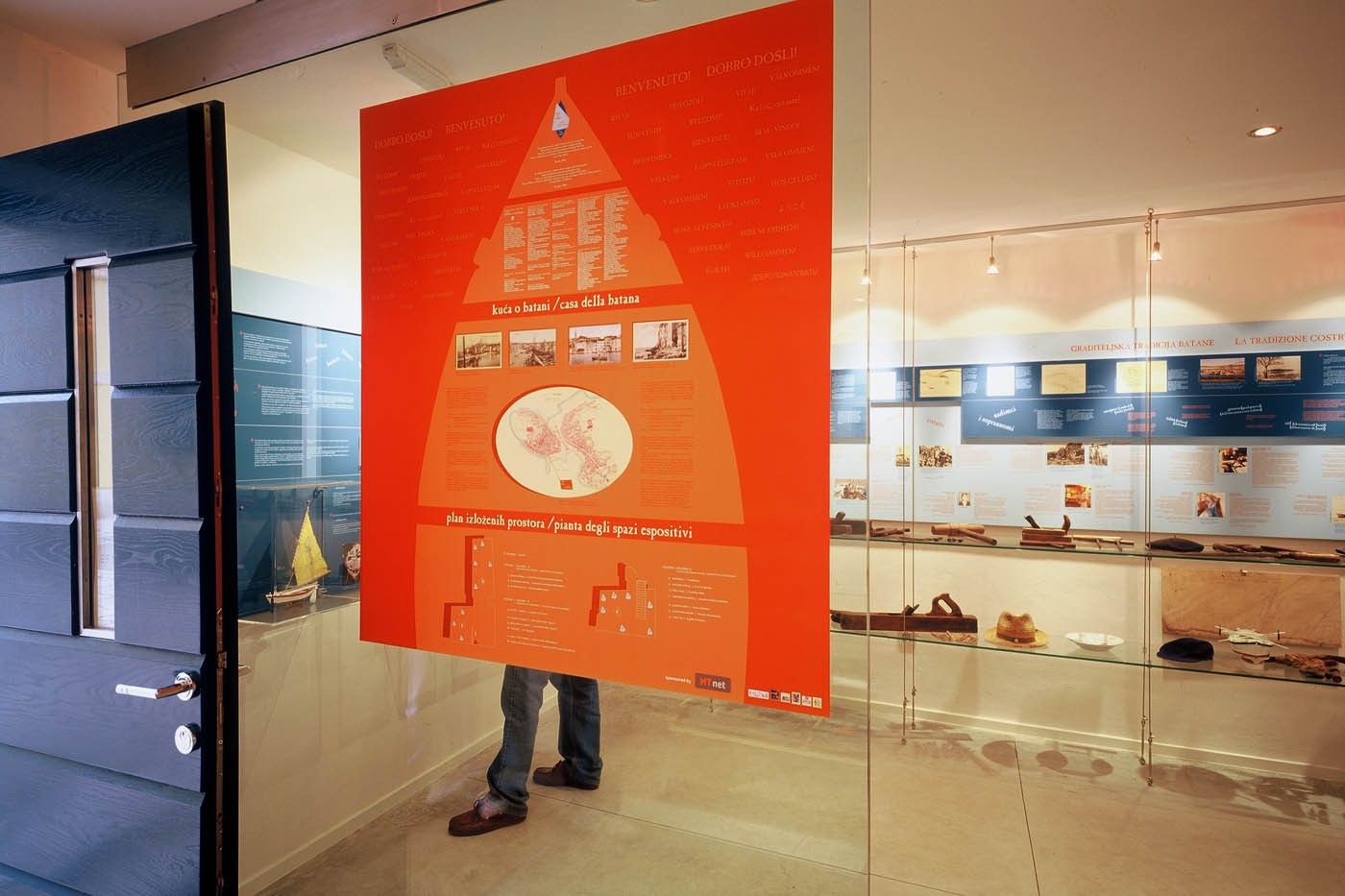
The name ”batana” comes from Italian sound of the verb “battere” (to beat) which resembles the sound of the boat flat bottom when it hits the waves. In Rovinj dialect there is a saying ”Bòne da bàti màr!” (Good to enough to beat the sea!). Some other sources say the name came from term batto meaning small rowing boats. Rovinj dialect is one of the main pieces of heritage preserved by the Eco-Museum. The language has more than 20,000 words, and various words are of course related to the sea, fishing and boats. Even the famous Dante mentioned this hard to translate dialect way back in the 13th century.

Batana boats are connected to a traditional way of singing called bitinada and this was usually sung by fishermen who spent hours on their boats fishing or repairing the nets. This singing is part of Croatia’s intangible heritage and is an authentic folk song where singers imitate the sounds of various musical instruments. This singing is nurtured by a local choir called Marco Garbin and the folklore association called Bitinaduri. The choir always had an important role in the cultural life of Rovinj. The choir and the vocal instrumental folk group called Batana are the first to promote this traditional singing.
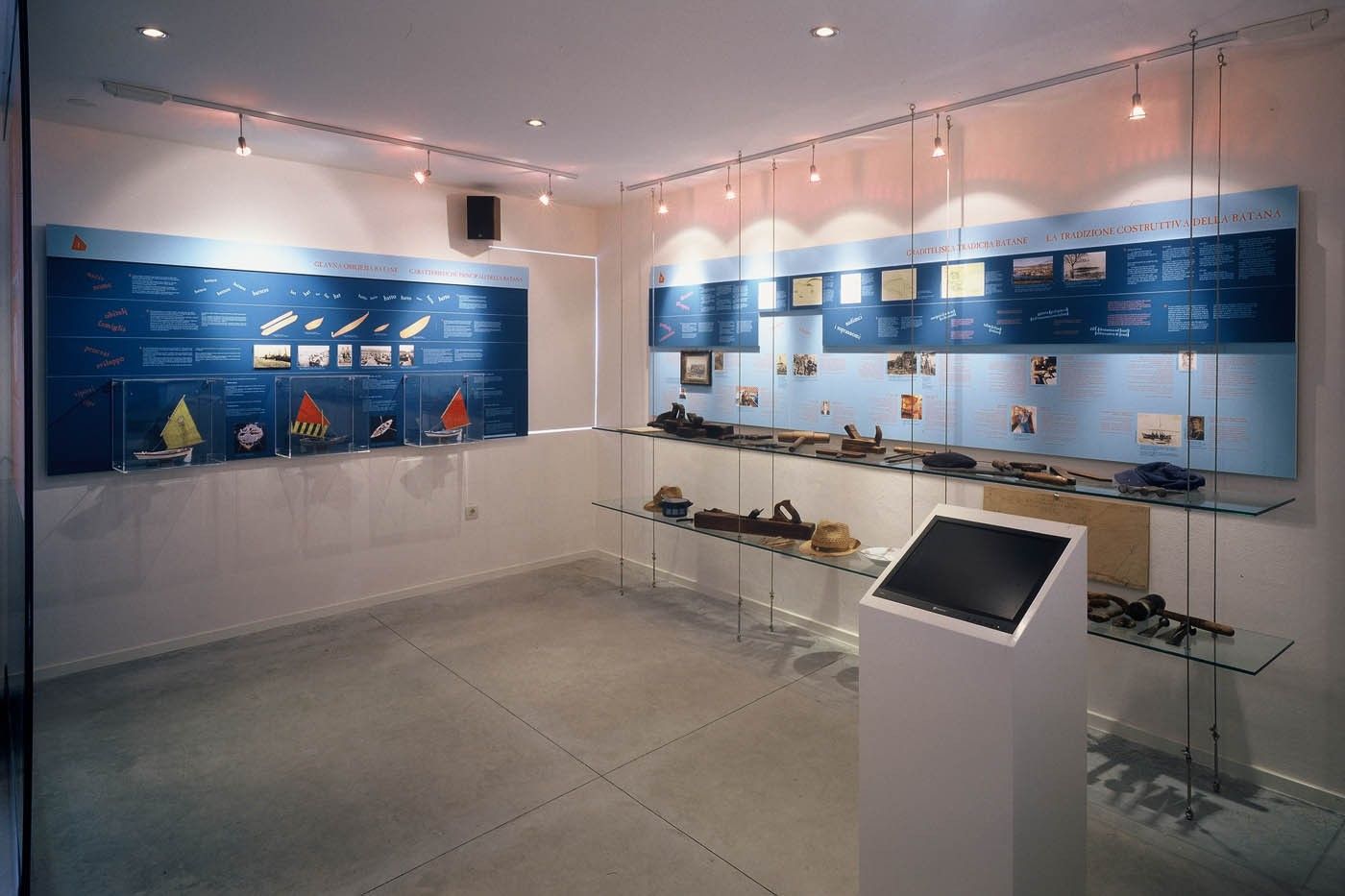
To conclude, the Eco-Museum is not your typical museum but it should be the interdisciplinary space for everybody from the community when it comes to participating in preserving heritage. This is already the set definition but, the Eco-Museum also explains everything Batana is about. All the pieces of heritage mentioned is a testiment to the fact that the Batana Eco-Museum works very hard and does a lot to keep these traditions alive, and has therefore placed itself as an important part of the local community. It’s no wonder these efforts were recognised and are truly a great example of the best heritage safeguarding practices.
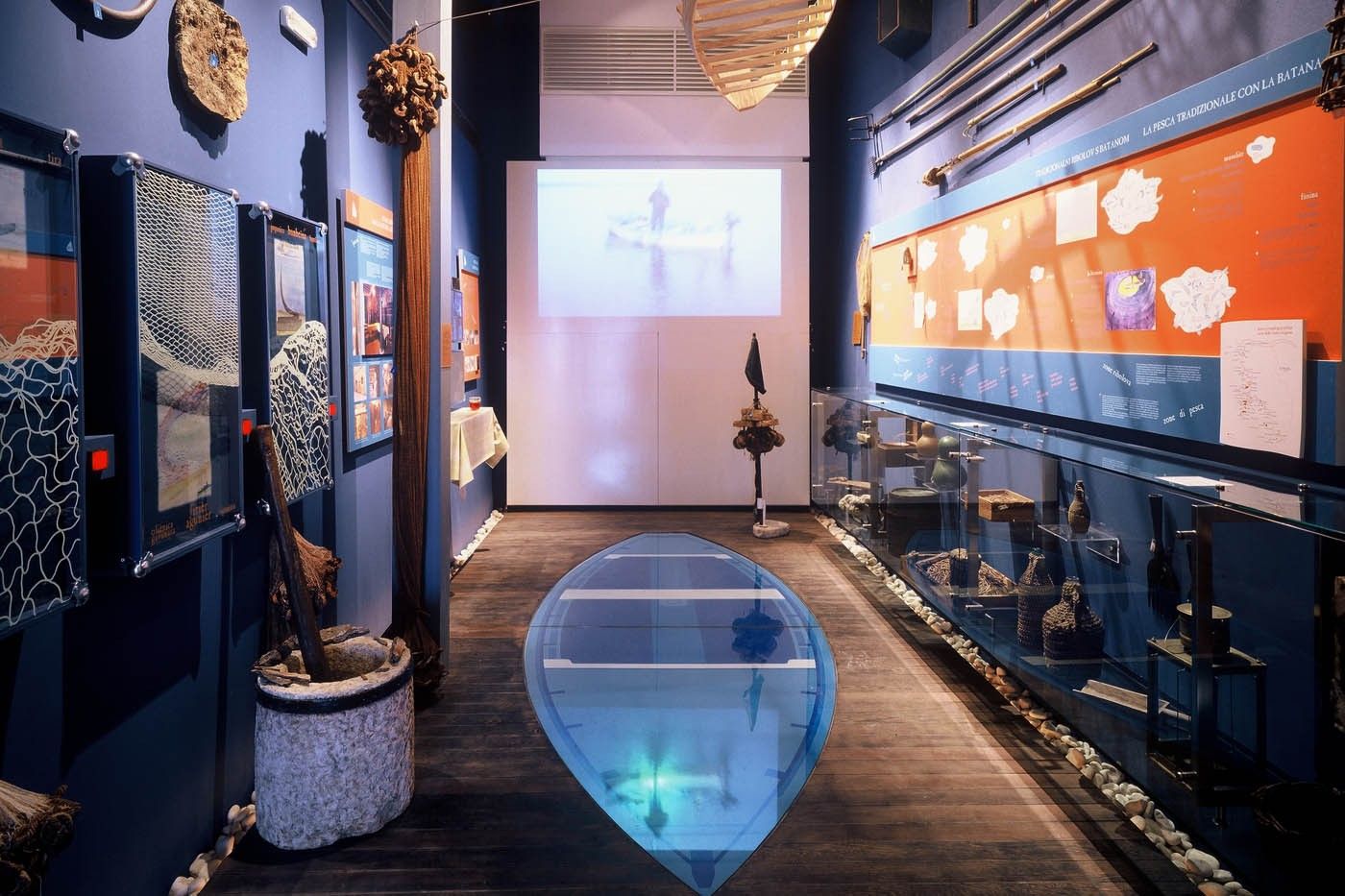
SOURCE (text and photos): Ministry of Culture, Batana Ecomuseum, Batana Glossary, Info Rovinj , Tourist Board Rovinj, UNESCO



